Balancing academics, social life, and personal health can feel overwhelming—especially for students. But what if you could boost your energy, focus, and overall well-being in just 12 minutes a day? Cycling offers a simple, effective solution that fits even the busiest schedules.
This guide breaks down how to start and sustain a cycling routine with short daily sessions, backed by science and designed for student lifestyles. From choosing the right gear to building lasting habits, you’ll learn everything you need to get moving—without the stress.
Research shows that even short bursts of physical activity can deliver significant health benefits. According to public health guidelines, adults should aim for at least 150 minutes of moderate aerobic activity per week. That’s just 21 minutes a day—but breaking it into smaller chunks, like 12-minute rides, makes it more manageable.
A study published in the British Journal of Sports Medicine found that brief, consistent exercise improves cardiovascular health, mood, and cognitive performance—key factors for academic success. Cycling, in particular, is low-impact, joint-friendly, and easy to integrate into a campus routine.
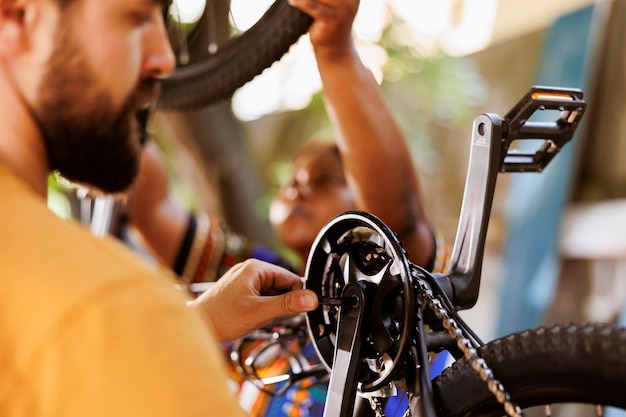
You don’t need a high-end bike or hours of free time. Here are three beginner-friendly 12-minute cycling plans you can do during a break between classes or before starting your study session.
Turn your daily commute into a workout. If your class is 10–15 minutes away by bike, ride there with a little extra energy. Focus on maintaining a steady pace that raises your heart rate but still allows you to talk.
High-Intensity Interval Training (HIIT) on a bike can enhance mental alertness and stamina. Try this on a stationary bike in your dorm or at a campus gym.
Use cycling as a mental reset. Ride slowly around a park or quiet neighborhood, focusing on your breathing and surroundings. This mindfulness-based approach reduces anxiety and improves emotional regulation.
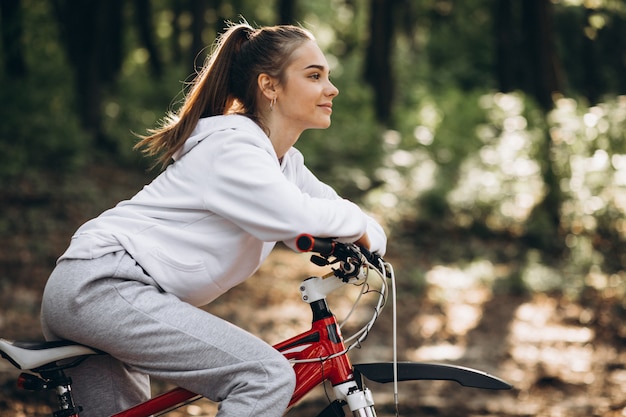
Consistency matters more than duration. Here’s how to make 12-minute cycling a sustainable habit:
Link your ride to something you already do—like after breakfast, before study time, or right after your last class. Habit stacking increases adherence.
Store your bike near your door or in a secure campus rack. The easier it is to grab and go, the more likely you are to use it.
Use a simple journal or app to log your rides. Seeing a streak builds motivation. Celebrate small wins—like completing 5 rides in a week.
Always wear a helmet, use lights if riding in low light, and check tire pressure weekly. A quick 2-minute maintenance check prevents frustration later.
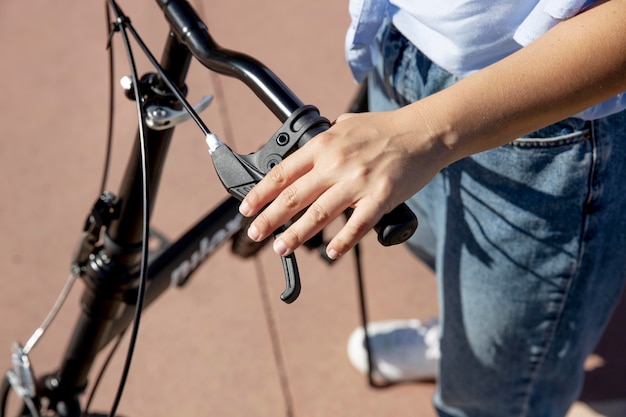
Cycling isn’t just good for your body—it sharpens your mind. Studies show that regular aerobic exercise:
Even 12 minutes of cycling can trigger the release of endorphins and brain-derived neurotrophic factor (BDNF), a protein linked to improved brain function.
Cycling for just 12 minutes a day is a small investment with big returns—especially for students juggling demands on their time and energy. With simple routines, smart habits, and science on your side, you can build a healthier, more focused lifestyle—one pedal at a time.

Fitness

Fitness

Fitness

Fitness

Wellness

Wellness

Wellness

Wellness
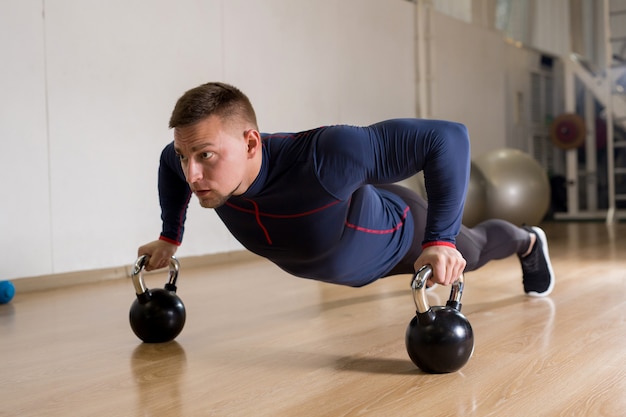
Fitness

Fitness
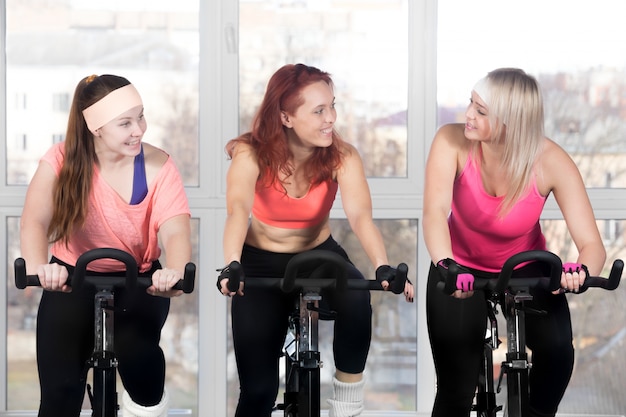
Fitness

Wellness

Health

Fitness

Health

Health